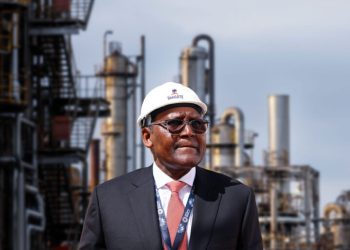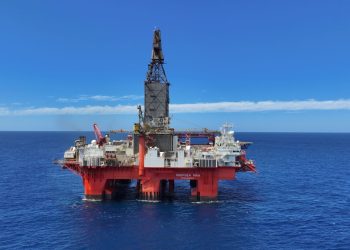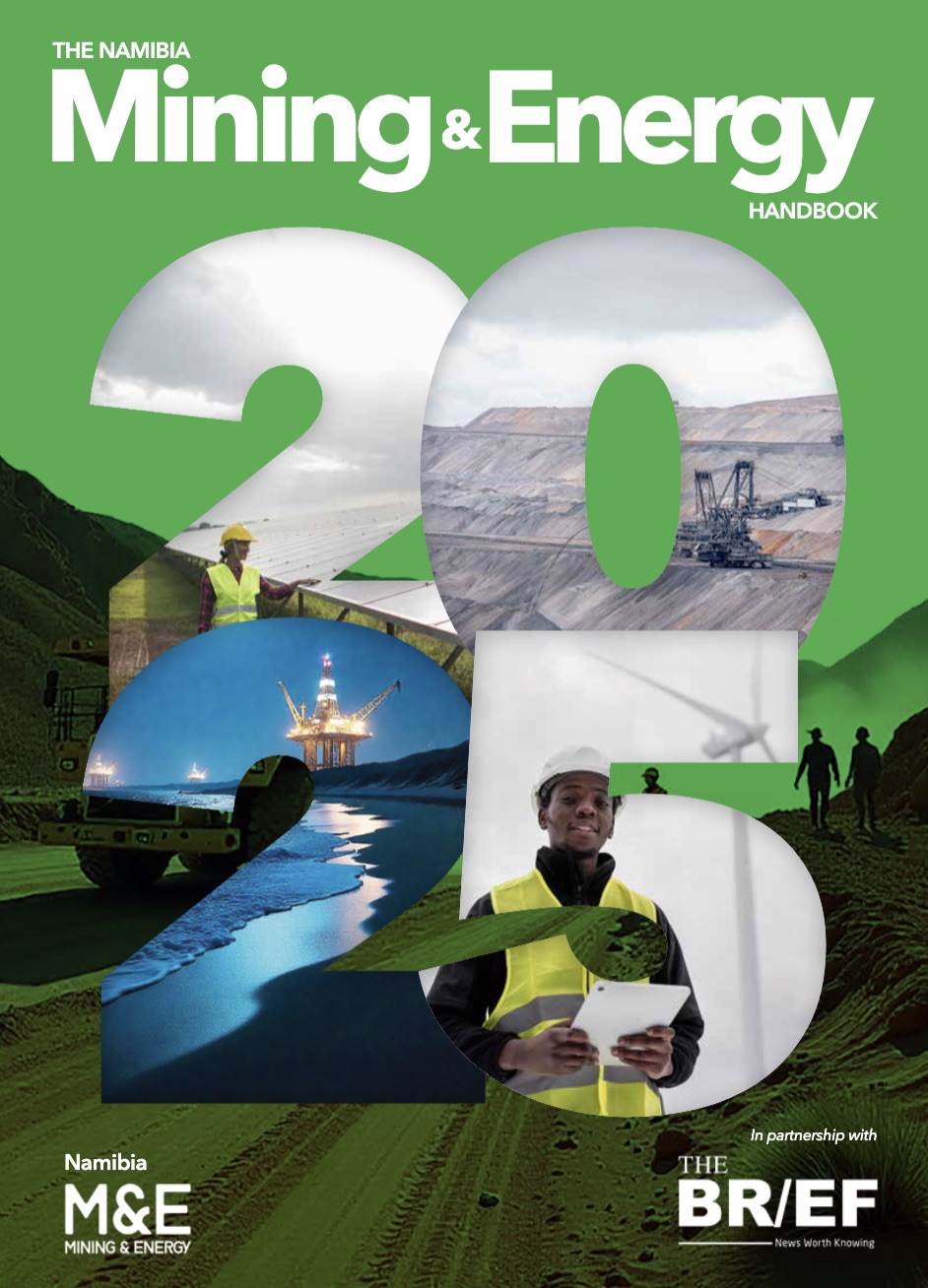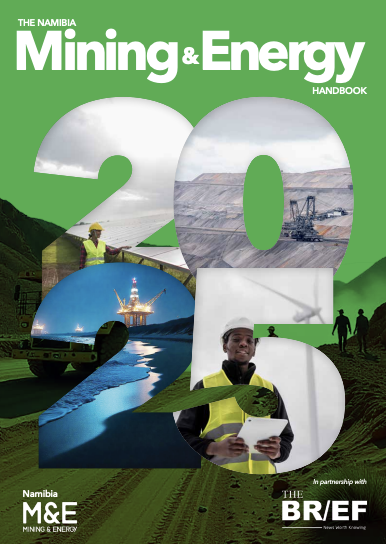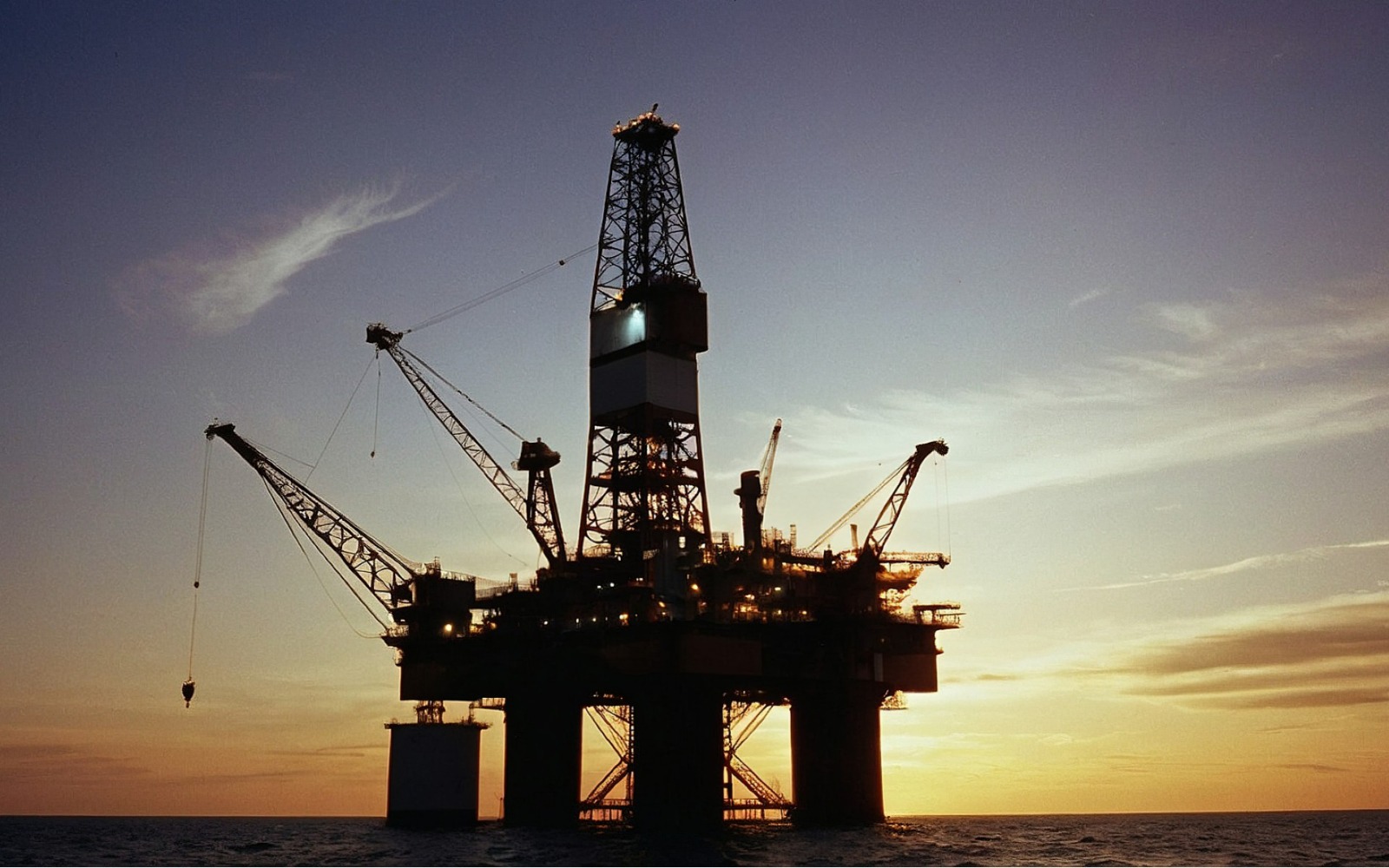
Namibia is expected to generate about US$1.3 billion from 11 exploration and appraisal wells projected for 2025–2026, as the country’s oil and gas sector gains momentum with ongoing and planned drilling campaigns.
According to Hafeni Motsi, Senior Investment Analyst for Investment Analysis and Development at the Namibia Investment Promotion and Development Board (NIPDB), four wells have already been drilled, with additional campaigns scheduled to begin early next year.
Motsi said typical drilling costs per well are around US$100 million, with most expenses linked to technical and logistical requirements.
“About 60% covers drilling services, including rig rental, drilling fluids, drill bits, cementing and directional drilling,” he said.
“Well evaluation and completion each account for 15%, covering logging tools, formation testing, casing, wellhead equipment and completion fluids. The remaining 10% is allocated to support services and logistics, including warehousing, waste management and environmental services,” Motsi added.
He said Namibia’s exploration and appraisal campaigns have the potential to deliver significant value.
“Currently, about 11 exploration and appraisal wells are projected for 2025–2026. Economic analysis indicates these wells could generate around US$1.3 billion for Namibia, with post-development and production phases expected to multiply this value significantly,” Motsi said.
Speaking at Supplier Day, hosted by Baker Hughes, Motsi emphasised that local content remains a key consideration, as much of the foreign direct investment (FDI) is not yet absorbed within the Namibian economy.
He said opportunities exist at multiple levels of the value chain, particularly among second-tier suppliers and service providers. “The draft local content policy has undergone broad consultation, and the Industrial Baseline Survey identifies current capacity while highlighting gaps in local capabilities, particularly in upstream oil and gas products and services. Bridging these gaps remains critical for effective participation and value capture,” he said.
The session also highlighted challenges that must be addressed to ensure productive participation and value creation within the industry.
Baker Hughes Country Director, Joseph Victor, said the company aims to replicate successful localisation models from Angola and Nigeria, where most workforce positions are filled by locals.
“We aim to maximise local input and develop Namibian talent to compete globally. My own career began as a Nigerian graduate with Baker Hughes, and we are replicating this model in Namibia by preparing local professionals for both national and international roles,” Victor said.
Louise Hangero, Local Content Specialist at the Upstream Petroleum Unit under the Presidency, said Namibia is still transitioning and strengthening its institutions to ensure the upstream industry delivers sustainable benefits for both citizens and investors.
“The Upstream Petroleum Unit has made significant progress, particularly on the national upstream local content policy draft. Consultations have been held this year to solicit input from all Namibians, and a validation workshop will be scheduled soon. The draft is available on our website for public input,” she said.
Hangero added that early local partnerships are already visible in the Orange Basin, where Namibian companies are providing logistics and catering services, and local employees are active on offshore platforms.
“These steps show progress, even before the policy and full compliance enforcement are in place. Namibia offers transparent regulations, long-term opportunities and a clear local content framework. The policy will evolve with the industry to reflect future needs and capacities,” she said.
In 2025, activity includes wells from TotalEnergies, BW Energy and Rhino Resources, while 2026 plans feature Shell’s five-well campaign and TotalEnergies’ final investment decision on the Venus field.
Chevron Namibia Exploration Limited II (CNEL) also plans to drill an exploration well in Petroleum Exploration Licence 82 (PEL 82) in the Walvis Basin, offshore Namibia, within the 2026/27 timeframe.

